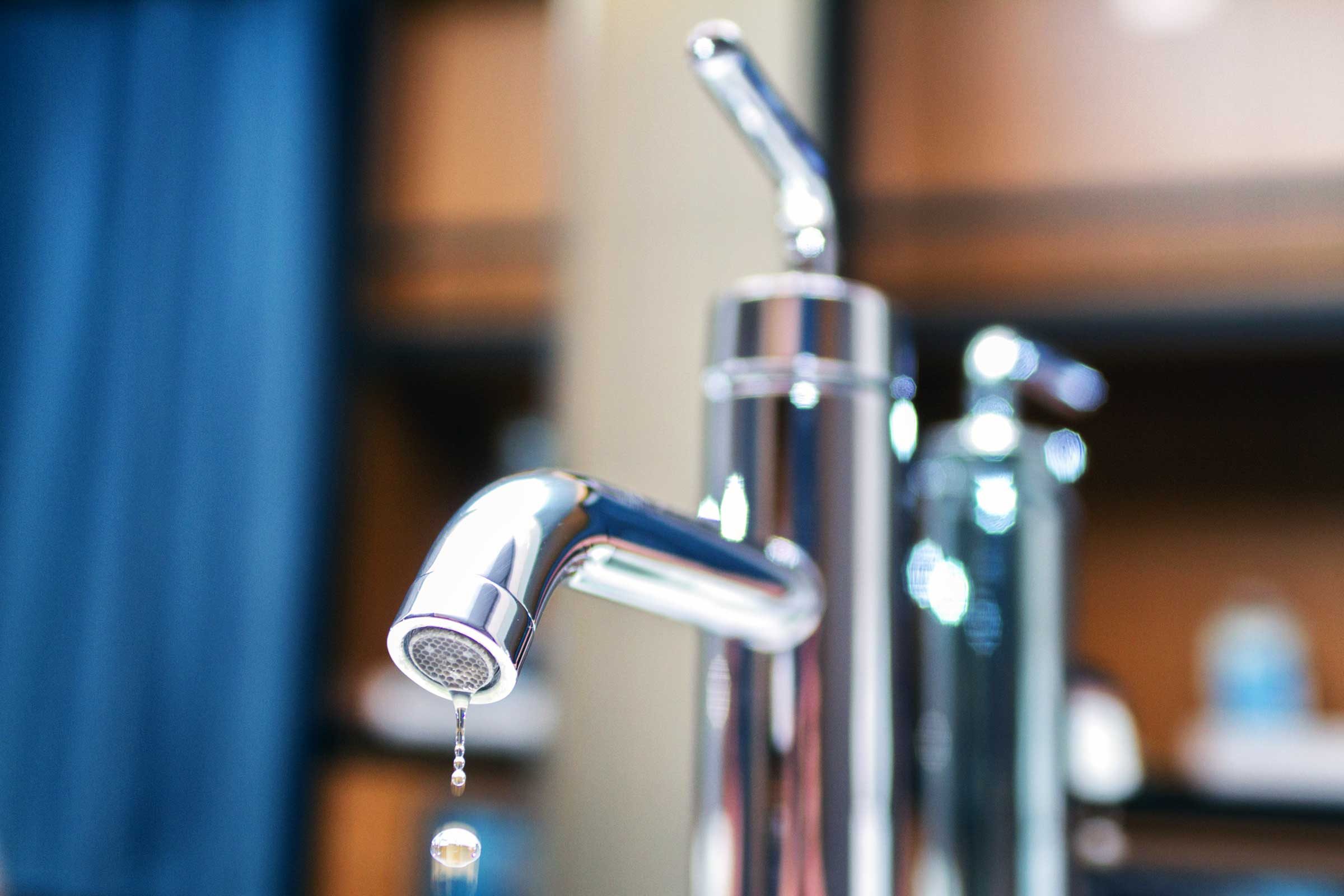
The “Erin Brockovich” carcinogen is back in the news
Remember that carcinogenic chemical Erin Brockovich exposed in the drinking water of Hinkley, California, back in the 1990s? (It was featured in the movie of the same name, starring Julia Roberts.) It’s called chromium-6, and a recent analysis of federal drinking water data by the Environmental Working Group (EWG), found an unsettling amount of it in sinks across the country. “In the tap water of at least 200 million Americans in all 50 states, chromium-6 has been detected above the minimal risk level,” says David Andrews, PhD, an EWG senior scientist. “By and large it can be found in most water at varying concentrations, yet there’s no federal drinking water regulation to keep it in check.” Although chromium-6 can occur naturally, it is also an industrial chemical with a wide variety of uses. If you want to know if chromium-6 was found in your area’s water, check this interactive map compiled by the EWG. Make sure you know what kinds of gross bacteria could be growing in your tap water if you don’t use your faucet for a few days.
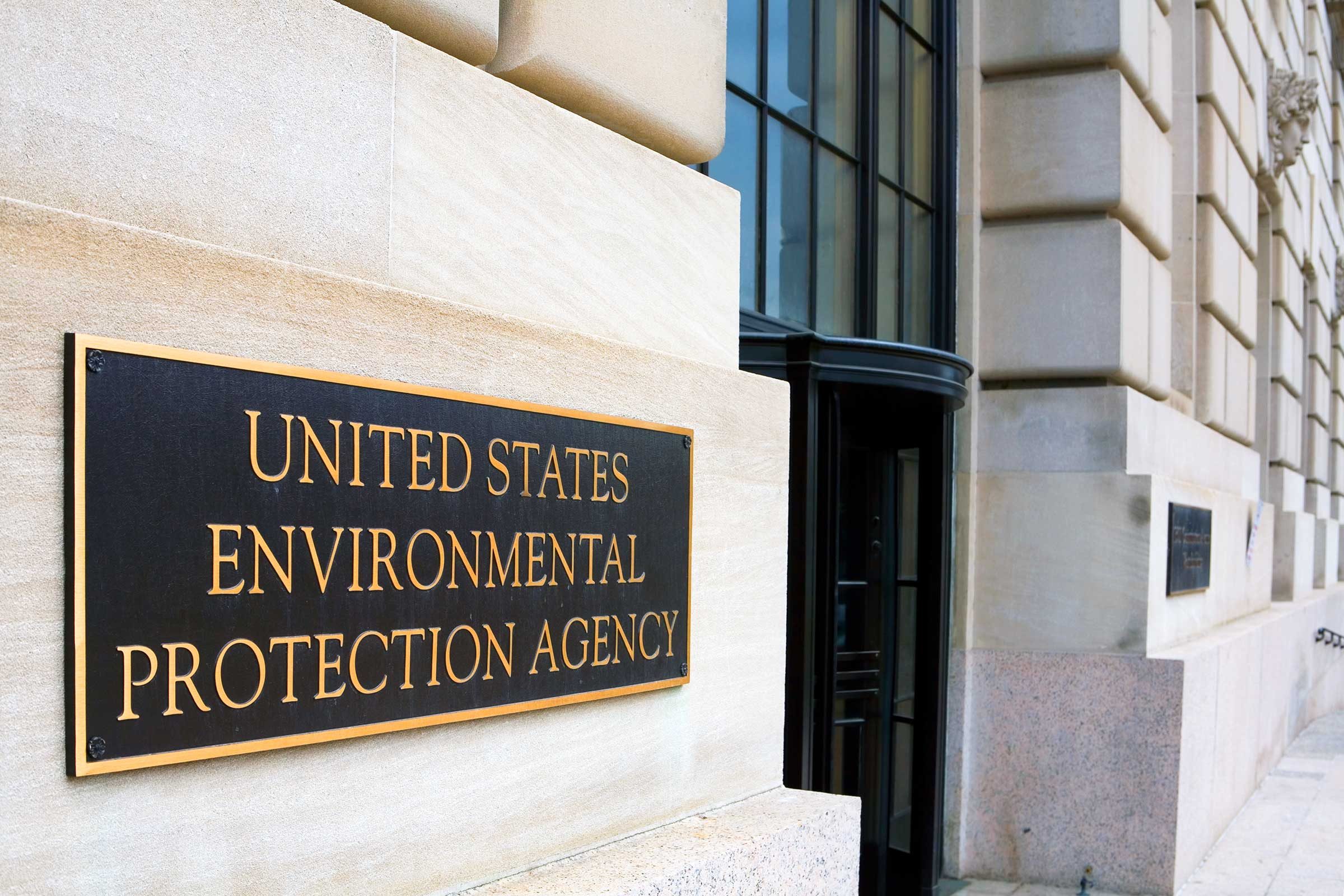
Teflon chemicals could mean trouble
Other unregulated contaminants on the EWG’s radar are two “perfluorinated” chemicals long used in many consumer products: PFOA, formerly used to manufacture Teflon, and PFOS, formerly a Scotchgard ingredient. A 2016 EWG analysis of drinking water data from the U.S. Environmental Protection Agency (EPA) found that the water supplies of over 5.2 million homes could be contaminated with these chemicals—which have been linked to developmental and reproductive health problems—at levels higher than those considered safe by the EPA.
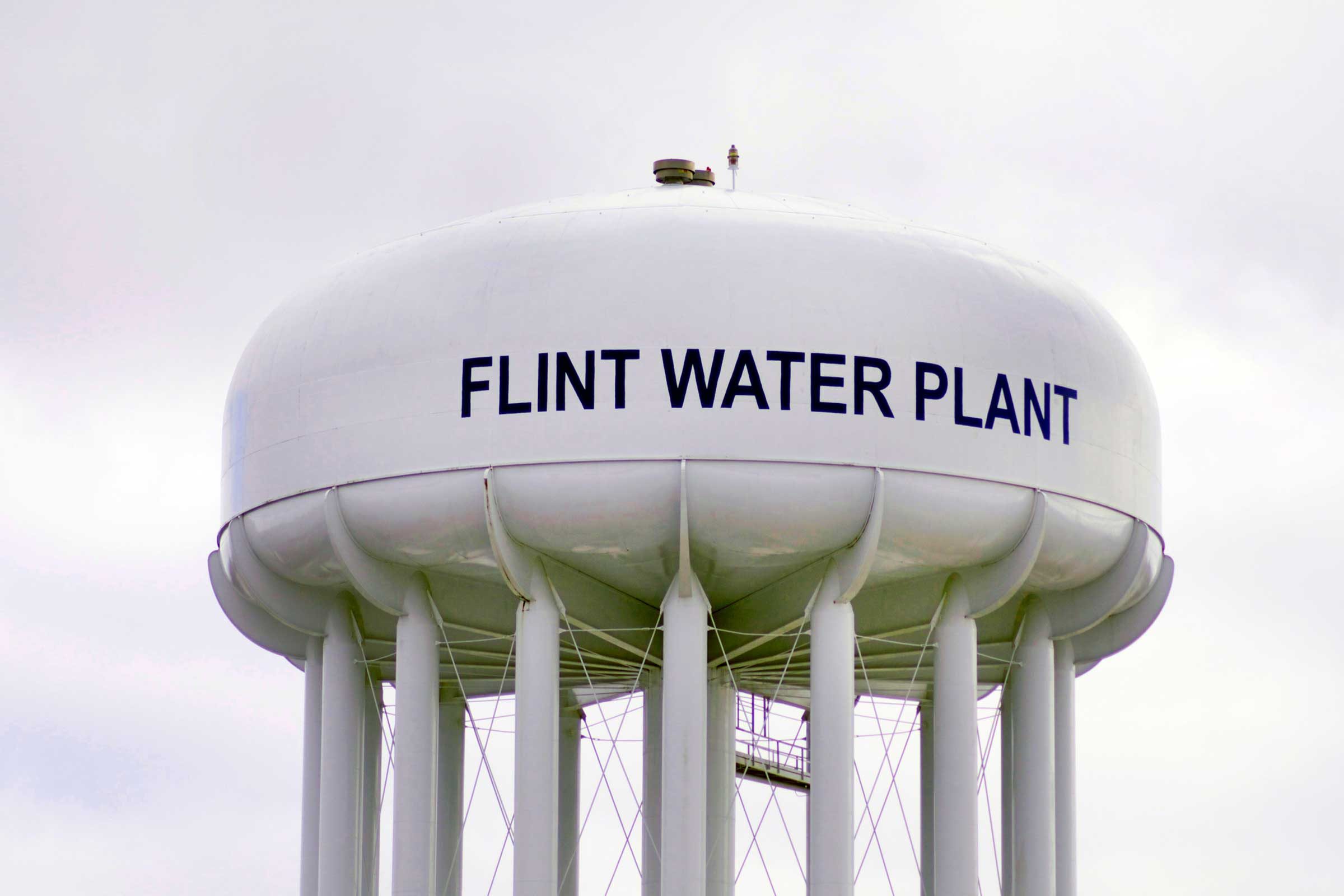
Metals, like lead, can lurk in water
Lead is a natural chemical element not generally found in the rivers and lakes that supply a water system. But it can sneak into your water supply via the plumbing—including the pipes that connect homes to water mains as well as the solder, pipes, and fittings, according to the EPA. They recommend that if you have a lead service line, you contact your local water supplier to determine if your H20 should be tested. Some areas of the country also have site-specific problems, adds Raymond M. Hozalski, a professor in the department of Civil, Environmental, and Geo- Engineering at the University of Minnesota. For example, the toxic metal arsenic has been found in groundwater supplies in some parts of Western Minnesota, where treatment options are available to remedy it. Here are the 10 ways your body changes when you start drinking enough water.
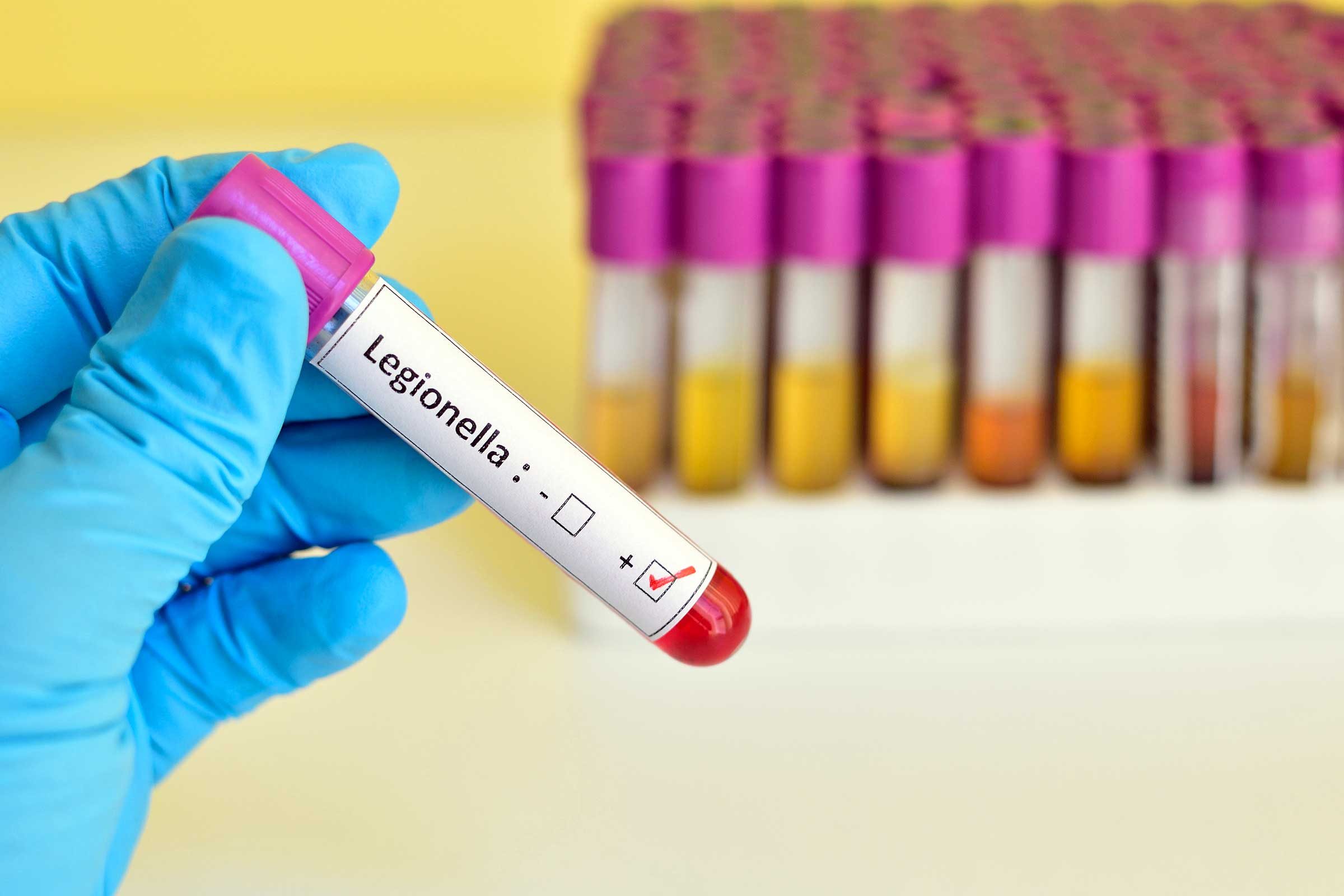
Bacteria, like legionella, can breed in water
“We’ve seen an increase nationwide in cases of legionella over the last 10 years or so, and there is evidence that it can be transmitted via water supplies,” says Hozalski, who explains that the exposure is not through drinking affected water but through showering and breathing in aerosols containing these bacteria. But, he points out, not everyone need be alarmed. “The main concern is for people who are immunocompromised—those with AIDS or lung conditions or those who are undergoing chemotherapy have a higher risk of developing Legionnaires’ disease,” he says. “Healthy people may just get a flu-like illness called Pontiac fever that goes away after a few days.” Homeowners concerned about legionella could increase their hot water heater temperature; setting it to about 122 Fahrenheit could help inactivate the bacteria, according to Dr. Hozalski. But of course cranking up the dial means potential for scalding, especially in households with children, in which case you could have a plumber install a thermostatic mixing valve, which lessens the risk of burns. Check out these 13 genius ways to sneak more water into your day.
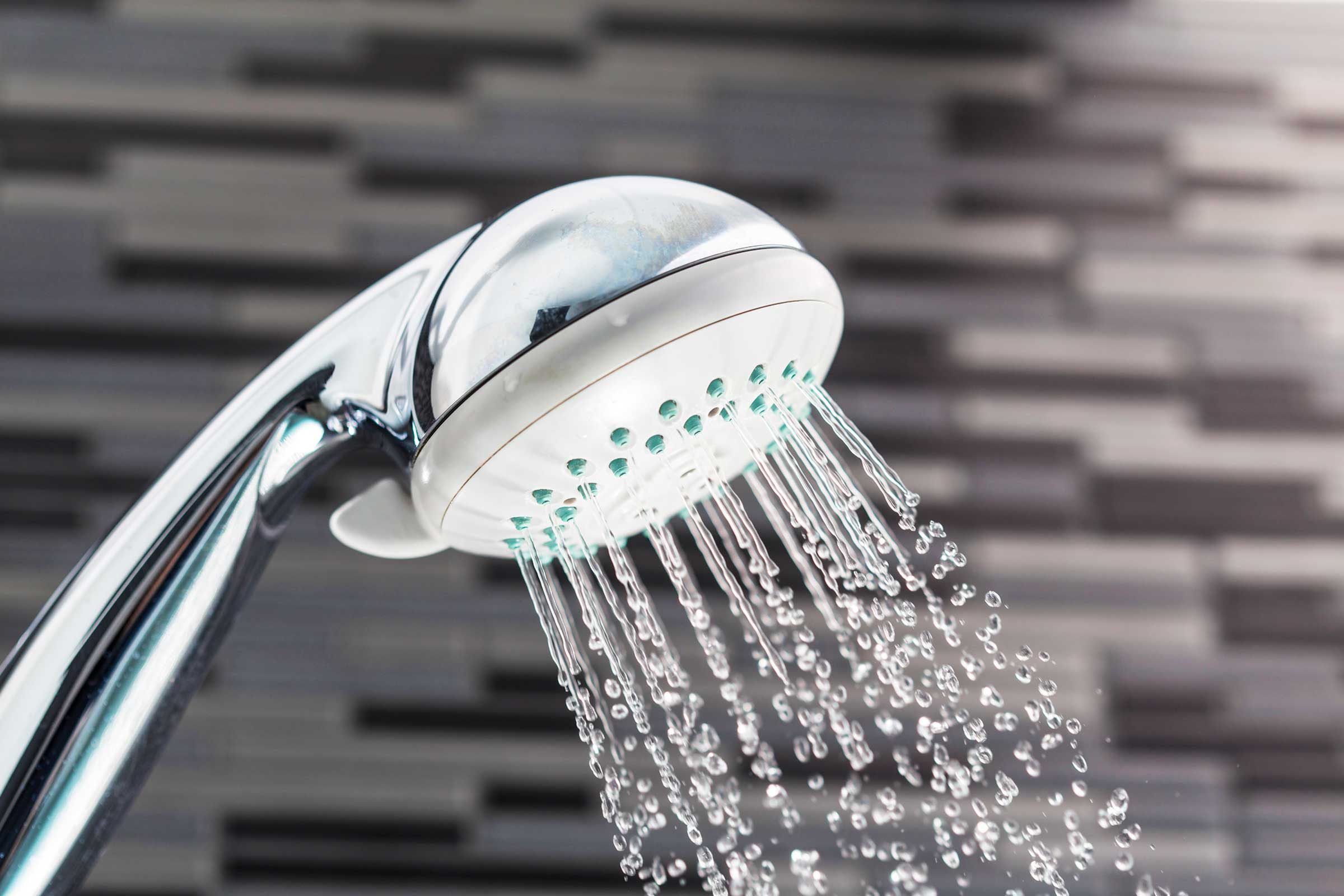
Your showerhead could harbor bad gunk
It’s easy for bacteria to build up in your showerhead and hose. “I’m at a conference right now where people are cutting open shower hoses and finding all kinds of slime and bacterial growth,” says Dr. Hozalski, who adds that changing or cleaning your showerhead periodically can reduce this accumulation. “You could also just let the water run for a few minutes before your shower to clear things out,” he adds. Don’t miss the other ways you’re probably cleaning your bathroom wrong.
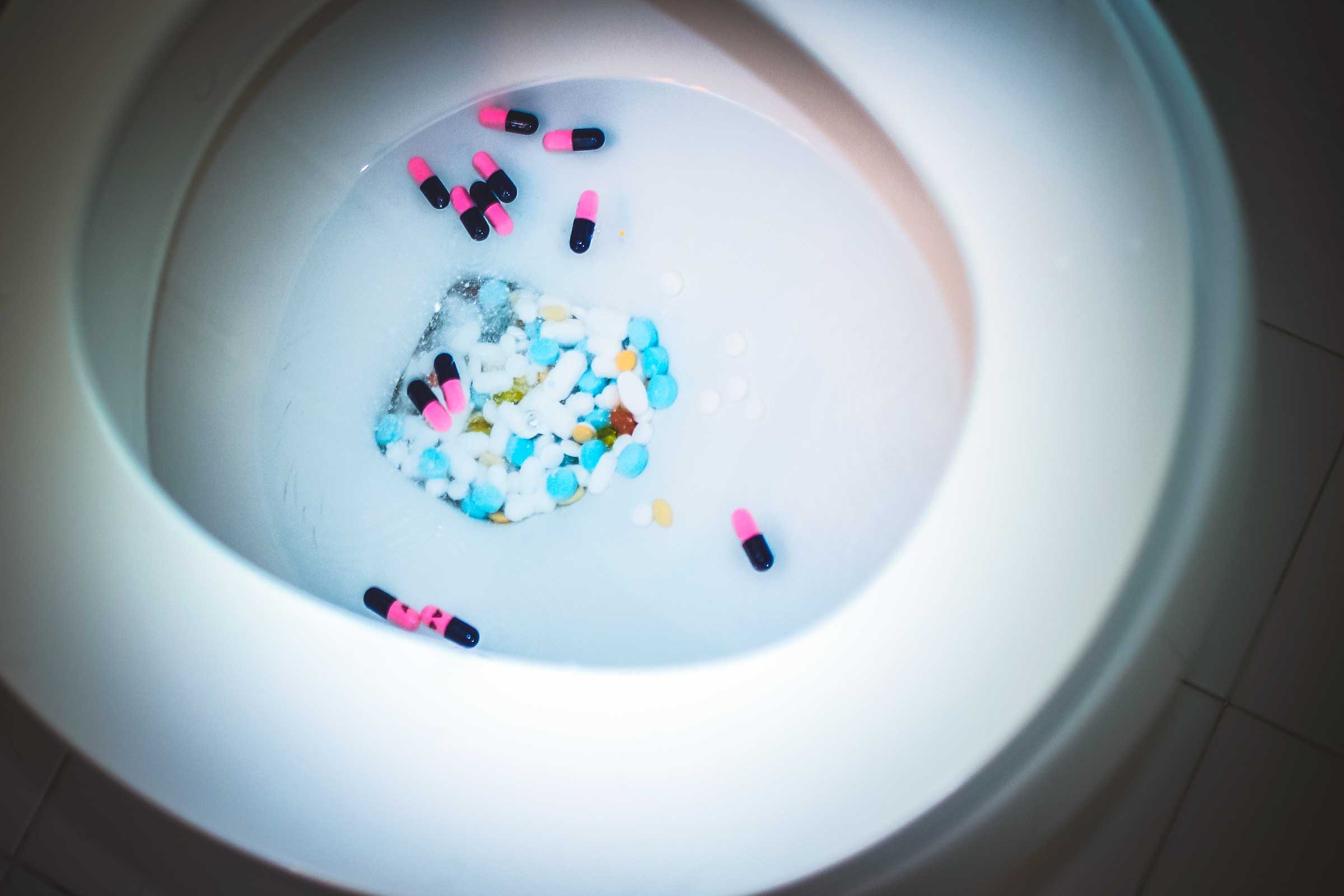
Flushed pharmaceuticals make it back to the tap
For many years, we’ve disposed of unused pills by flushing them down the toilet, so it’s little surprise that pharmaceuticals are showing up in our water supplies today. “Trace amounts can be detected in lakes and rivers around the country,” Dr. Hozalski says. “Ordinarily some are removed as water goes through treatments plants, so the levels coming out of the tap are usually barely detectable, if at all.” However some plants aren’t designed to remove traces of old drugs, in part because the levels are so low that sophisticated technology would be needed to detect them. “Some people say, ‘Oh no, there are birth control pills or antibiotics in my tap water!’ And yes, if you really look hard enough you could find extremely low levels on occasion, but I would say the potential health risks are probably negligible,” Dr. Hozalski adds. If you have old prescriptions to toss, check with your township about proper disposal—some require that you bring them to a Household Hazardous Waste site.

Discolored fixtures could mean a call to the water company
Homeowners with a private well might see discoloration forming in their plumbing fixtures, which comes from iron or manganese in the water that’s oxidizing. “Ordinarily, especially for well water, it doesn’t indicate any health risk,” says Dr. Hozalski. However, if you have water coming from a municipality, such discoloration would be highly unusual because plants should be removing those elements. “So if your white toilets are turning orange, I would call the water utility and find out what’s going. Discoloration from iron and manganese isn’t directly a health risk—more of an aesthetic issue—but it does suggest that the water utility isn’t doing its job.” Make sure you know the clear signs you’re drinking way too much water.
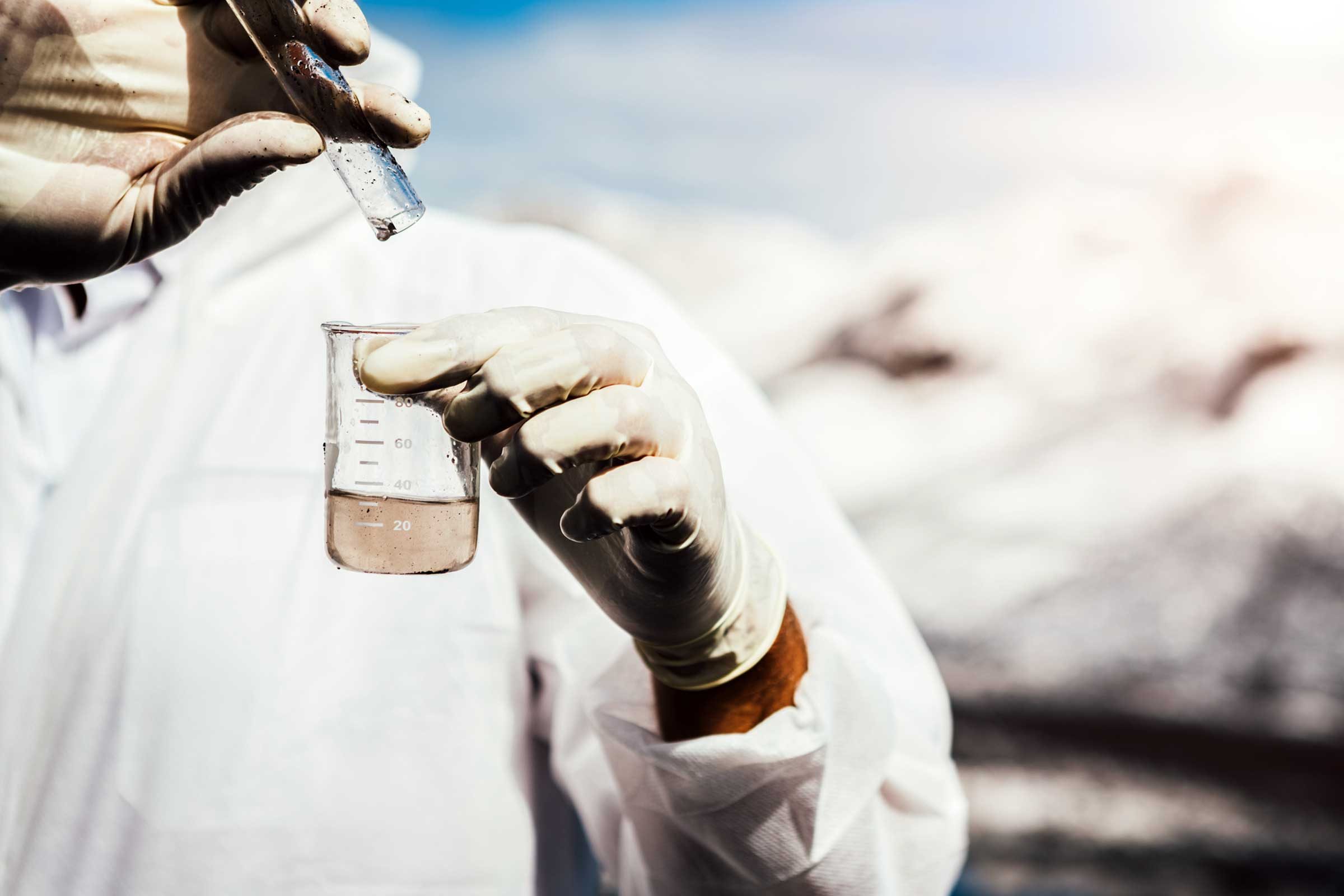
Your local utility can send a water report
Fortunately there’s an easy way to find out if these contaminants are in your water. If your H20 comes from a public water system, contact your local water supplier and ask for their “Consumer Confidence Report,” also known as an “Annual Water Quality Report,” which are usually sent to residents annually, according to the EPA. This report details the regulated chemicals, bacteria, and microbes that may be in your water and whether the system meets government drinking water standards. If you have a private well, the EPA recommends regularly testing it for nitrates, total coliforms (for example, bacteria), and any particular contaminants known to be in their watershed. Your local health department might test well water free of charge, adds the EPA, or you could contact a State Certification Officer for a list of water testing labs.
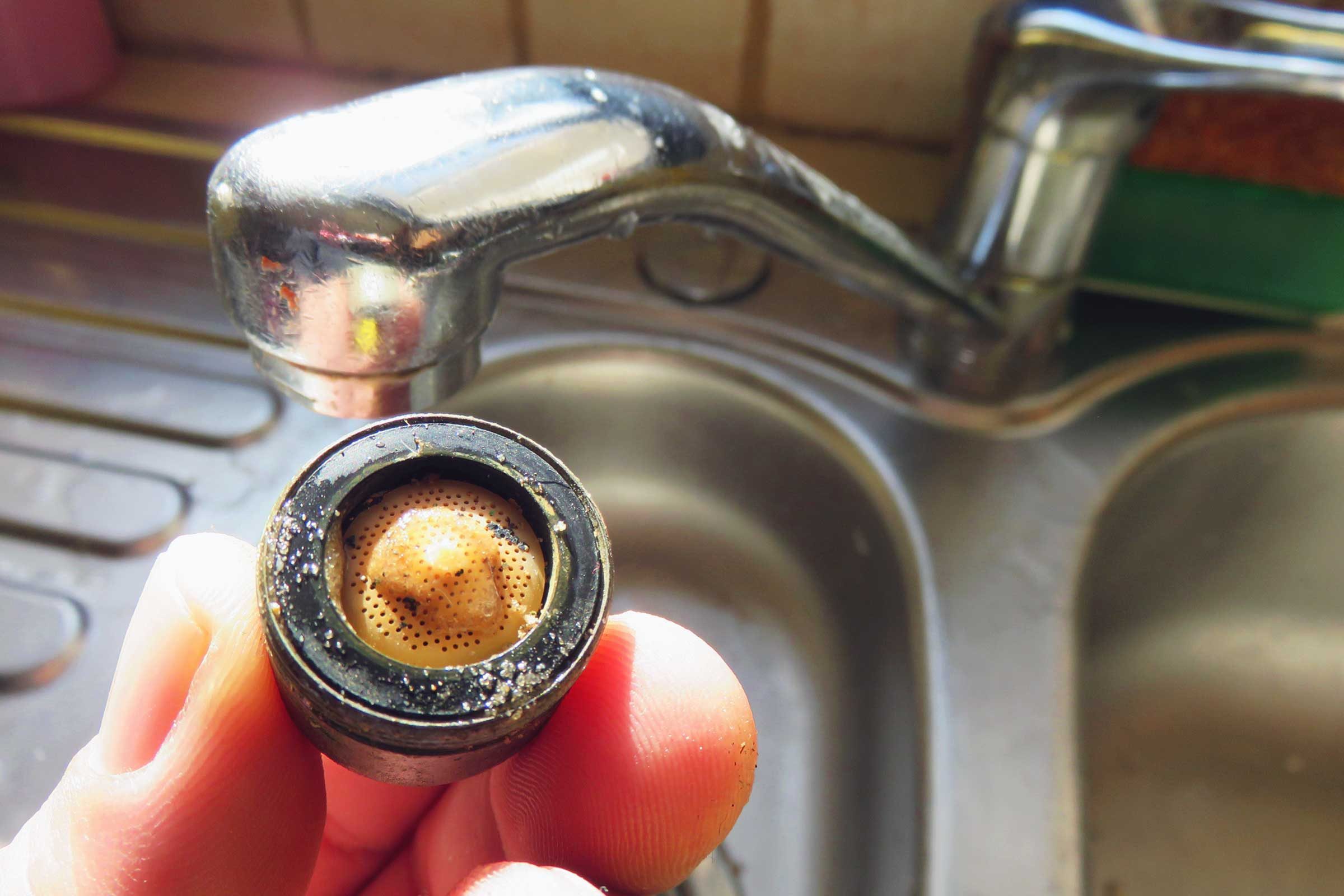
Fluoride is fine
Fluoride, a natural mineral that’s present to some degree in almost all water, has been proven to protect against tooth decay by rebuilding and strengthening enamel. But these naturally occurring levels usually aren’t enough to boost our dental health, according to the Centers for Disease Control and Prevention, which is why state and local municipalities may add fluoride to drinking water to help keep teeth strong. “Community water fluoridation has been identified as the most cost-effective method of delivering fluoride to all, reducing tooth decay by 25 percent in children and adults,” according to the CDC. While there’s been some controversy surrounding such community water fluoridation, Dr. Hozalski assures us that the negative effects are nil. “At the levels that fluoride is added, the health risks are basically non-existent, and because of the benefits for dental health, especially for kids, I think it’s a good thing,” he says. Make sure you stop falling for these hydration myths.
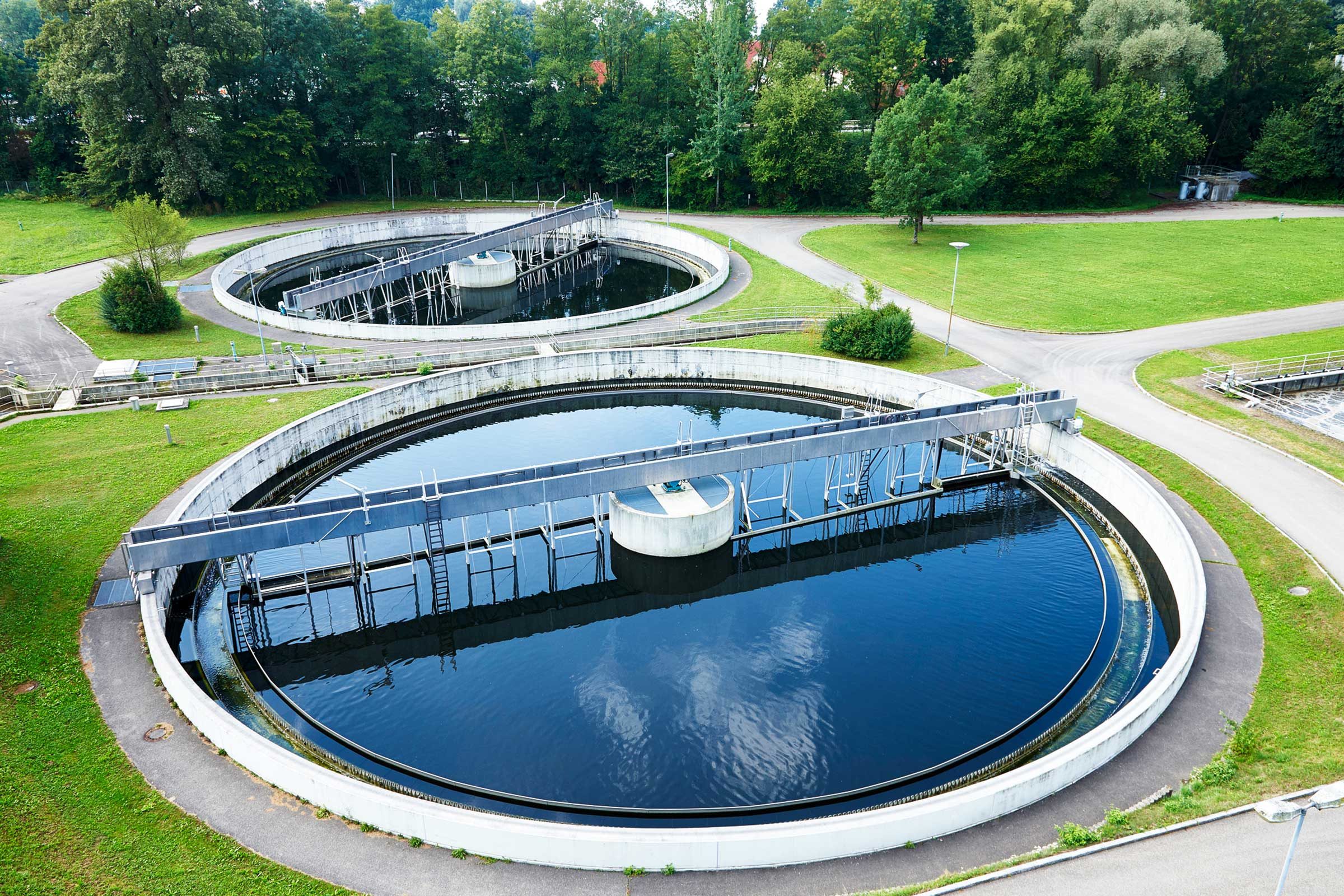
Chlorine cuts back on bacteria
Water coming into a treatment plant carries a range of pollutants, including pathogenic bacteria from sources including septic systems and animal runoff. One of the chemicals used to clean it up is chlorine, which is added at levels low enough to kill germs but not high enough to make the water unsafe to drink. “Chlorine helps protect against acute gastrointestinal illness and exposure to pathogens,” Dr. Hozalski says, “so this disinfection is very important.”
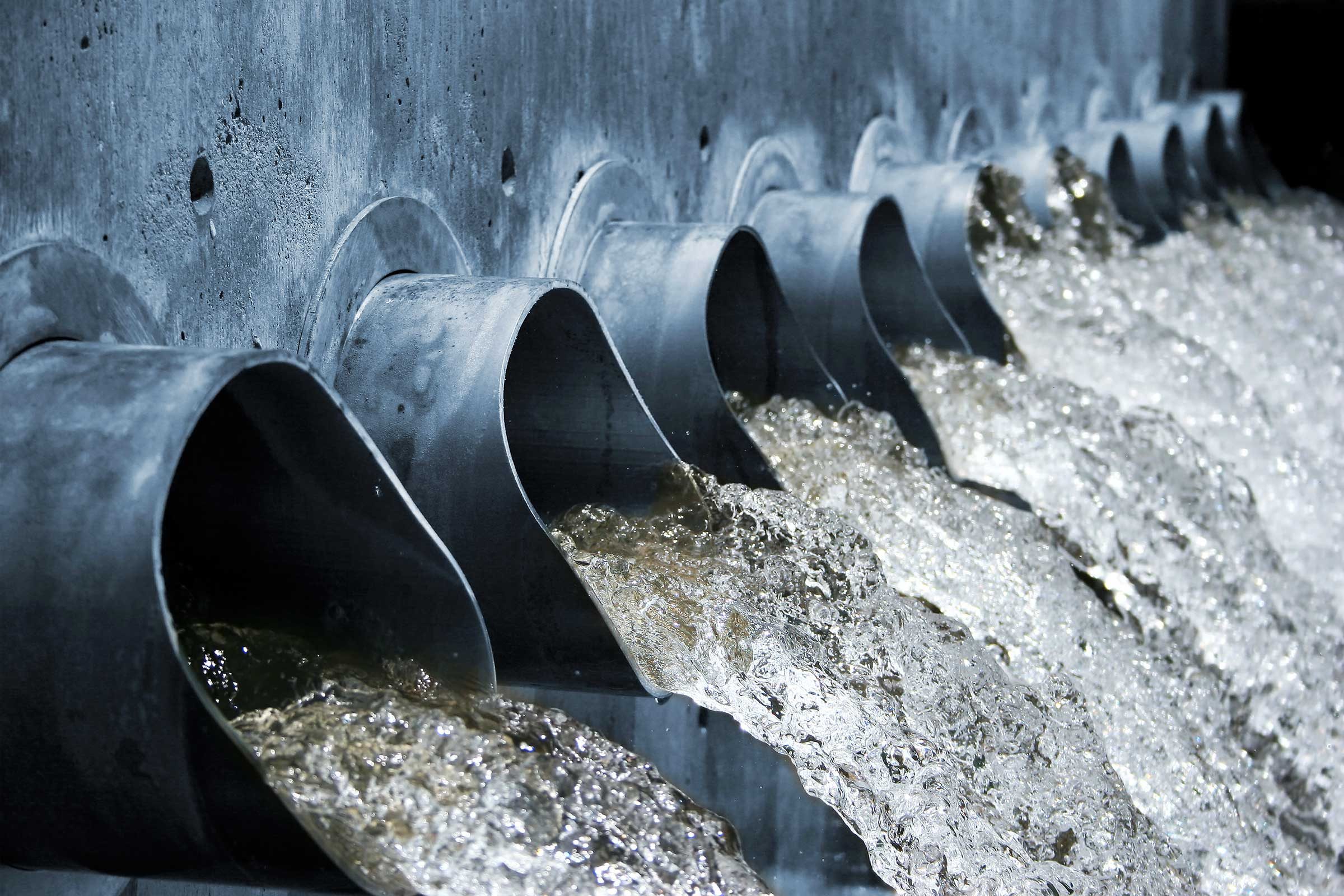
Water treatment plants can create “disinfection byproducts”
As important as disinfection is, this treatment process can lead to unwanted results. “Disinfection byproducts” are compounds created when additives such as chlorine react with other things in the water, from contaminants to organic matter like leaves. “Some of these disinfection byproducts are either known or suspected carcinogens at low levels, so the EPA requires all utilities to test for at least a couple classes of them so we don’t reach levels of serious health risk,” says Dr. Hozalski, who adds that such regulation needs to evolve. “There are new disinfection byproducts being found, which means testing has to be done to determine how toxic they are. While these are a potential health concern, by and large most utilities do a good job of monitoring and controlling them.”

Low flow could mean problems
The water distribution pipes in our homes, like the arteries in our bodies, can get gunked up with debris, and low water flow could mean that buildup has turned into a blockage. “I hate to say it, but when you cut most older pipes apart you’ll see that they’ve probably accumulated ‘scale,’ which is minerals and debris that collect on the inner walls along with naturally occurring bacteria from the water supply,” says Mitch Clemente, president of the American Society of Plumbing Engineers. “It’s not the most pleasant thing to see, but it’s a common problem, everybody has it, and eventually it could close the pipe off completely.” So if the flow at your faucet is decreasing, call a plumbing contractor who will assess the problem and recommend how to fix it. “It may be as simple as cleaning your showerheads and aerators at your sink faucets, or as drastic as replacing sections of blocked pipe,” says Clemente.
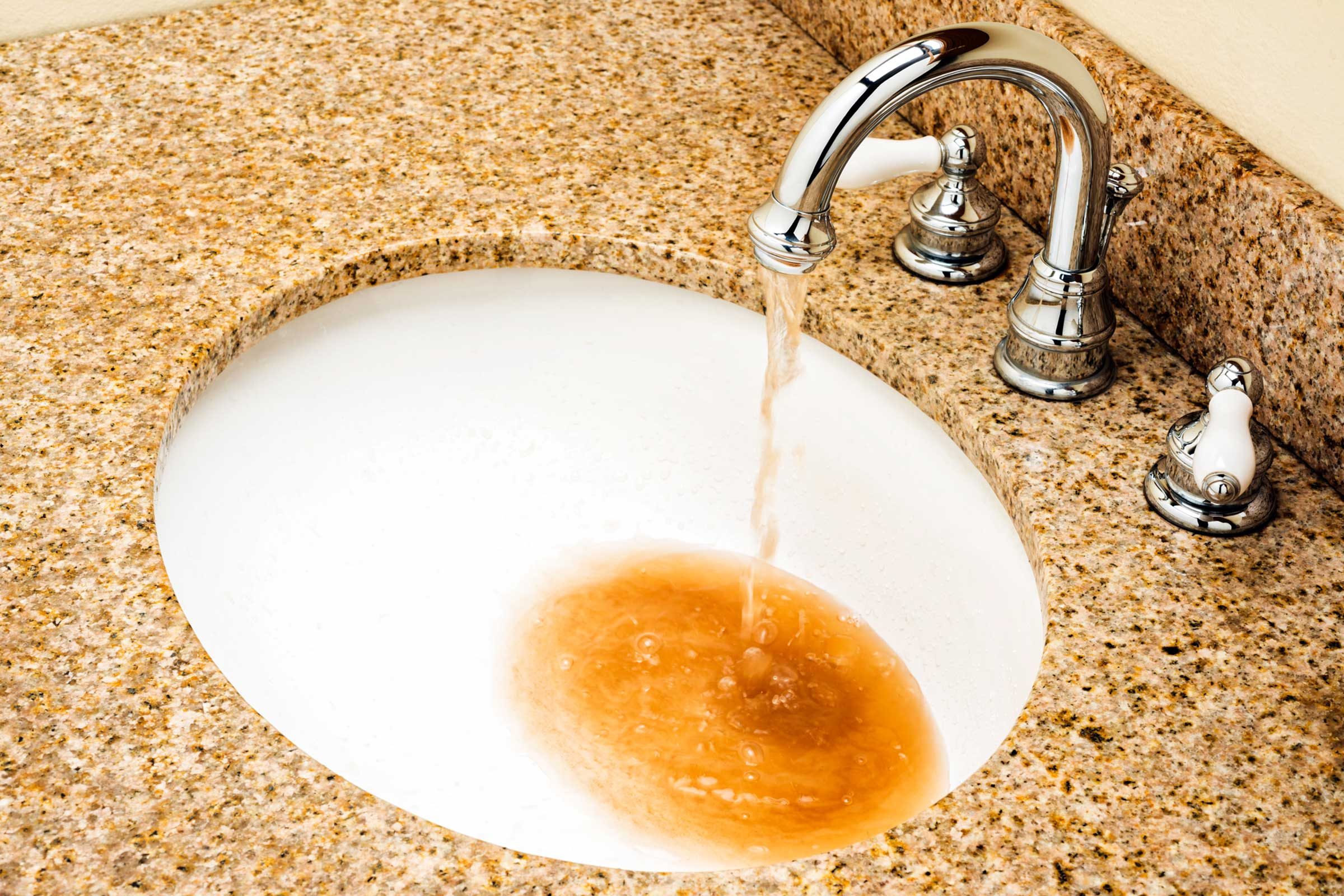
Cloudy water could be cause for concern
If your water looks cloudy or hazy, it might might have contaminants like bacteria or lead. “If you suddenly see discoloration or cloudiness, that could indicate a potential health risk,” says Dr. Hozalski, who adds that you should call your local water utility or state health department to investigate. Check out the tips your plumber won’t tell you for free.
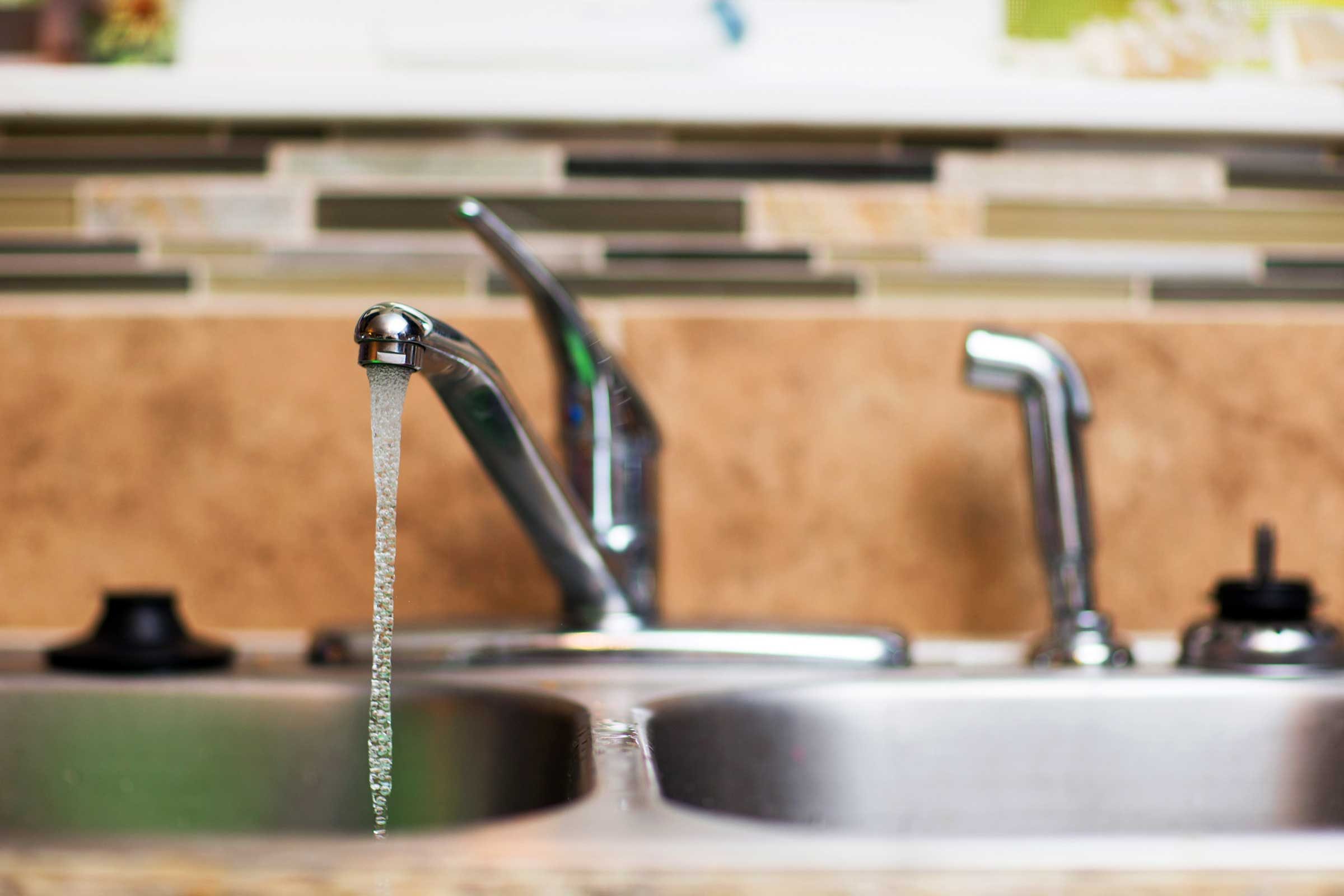
Clean your pipes by simply running your tap
It’s not just the compounds in our water but the frequency with which we use our pipes that impacts the quality of the water we drink. If the water in your house isn’t run for a while, it stagnates, which means over time contaminants build up, the pipes themselves leach material, and the chlorine used to treat the water naturally dissipates, allowing microbes to grow. But the fix is simple: “When you come back from vacation, or even just when you get up in the morning, before you drink from your tap, let the water run a few minutes until it’s cold—this essentially flushes out anything that may have accumulated,” says Dr. Hozalski. “I think it’s best to get the freshest water coming out of the main up and down the street. I’ve done research on lead, and even in a home that has a lead service connection without any corrosion control, if you just let the water run until it’s fresh, you’ll usually be below the lead action level.” (If you hate to waste water, collect it in a watering can and use it to water your plants.)
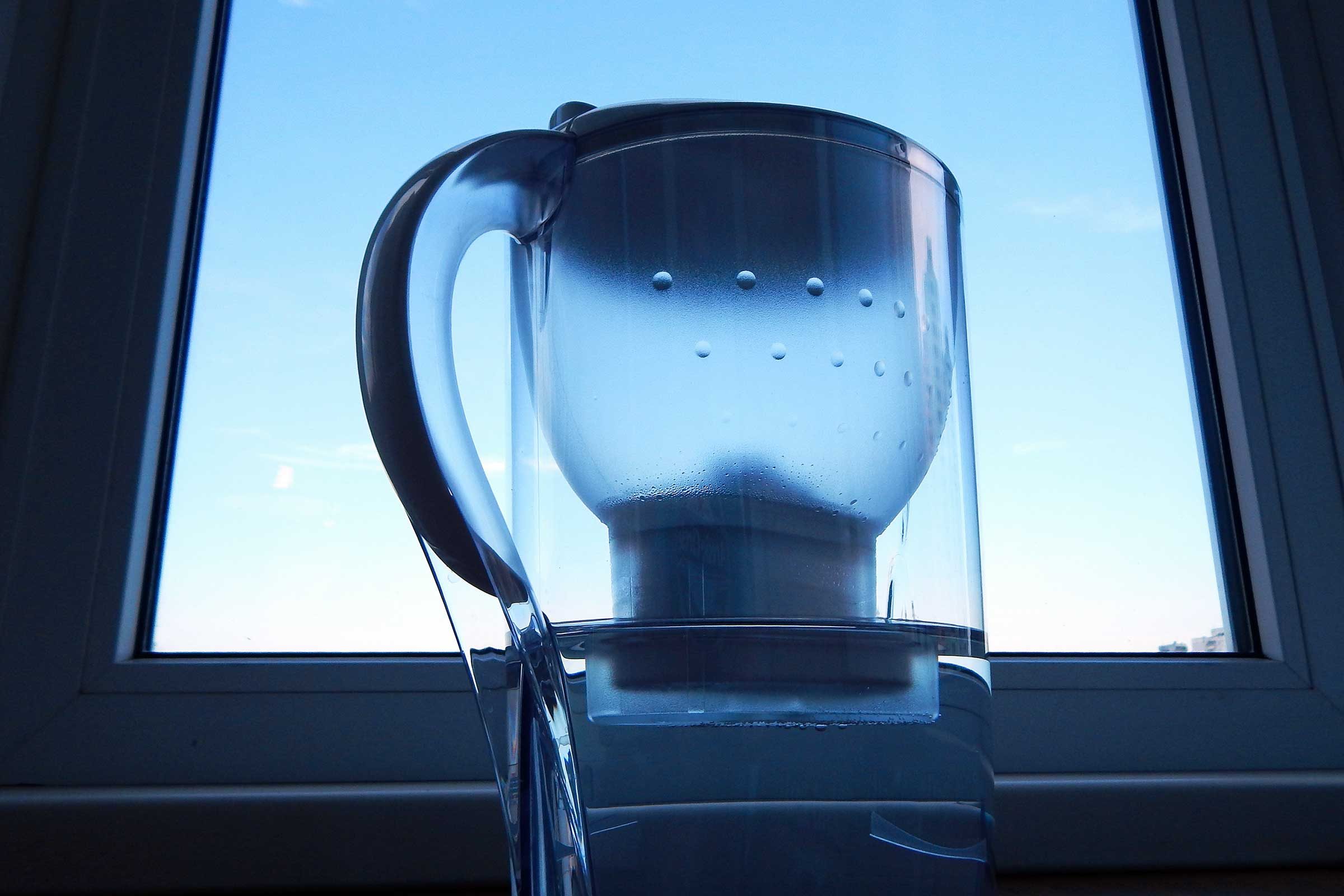
Water filters really do work
Because some of the things in your water can’t be detected or guarded against, buying a water filter can provide broad-spectrum protection against a range of contaminants. If you want to protect your entire house, you could have filtration installed in your main water line into the home, says Clemente. Such whole house filtration systems could make sense for people with private wells because their water has minerals and iron that could discolor plumbing fixtures. For homeowners using municipal water, however, a simpler point-of-use filtration system is more economical, says Clemente. “A lot of people simply want better-tasting water, so they’ll put this filtration system under their kitchen sink and use that as their main source of drinking water.” Whether your filter is a device under your sink, a unit at your tap, or a pitcher in your fridge, when shopping for the water filter that best suits your needs, read the packaging to make sure it’s been tested to remove the contaminant that’s of most concern to you. For example, Dr. Andrews points out there are filters, such as a pitcher manufactured by ZeroWater, that claims to be certified for chromium-6 removal. For a whole-house filter, the Aquasana OptimH20 Reverse Osmosis has been certified as a remover of 97 percent of chromium-6, as well as 66 other common contaminants (including lead and asbestos).
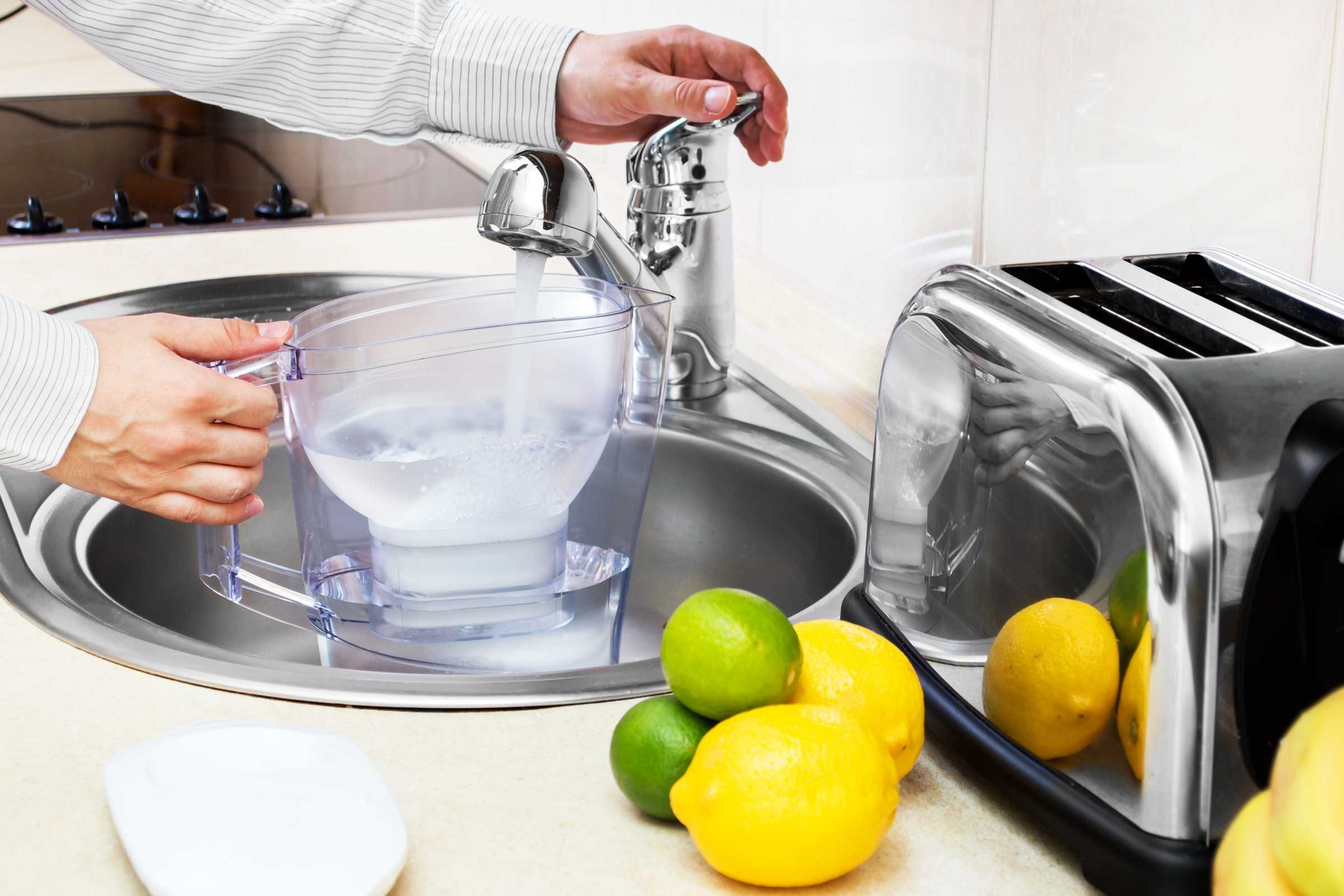
An unclean water filter breeds bacteria
The downside of water filters is that they’re not maintenance-free. And not only will they lose their effectiveness if they’re not cleaned and maintained, but they could turn into a breeding ground for bacteria and possibly pathogens. When water passes through a home filter the chlorine is removed so, for example, the water in your Brita pitcher has no protection against bacteria, which can multiply even in the cold of your fridge. “Bacteria can grow on the carbon in the cartridge, in the pitcher, and in your faucet-mounted device, so you could adversely create a health risk from bacterial exposure,” says Dr. Hozalski. “There are recommended replacement intervals explained in the packaging for those devices, and they absolutely need to be followed.”
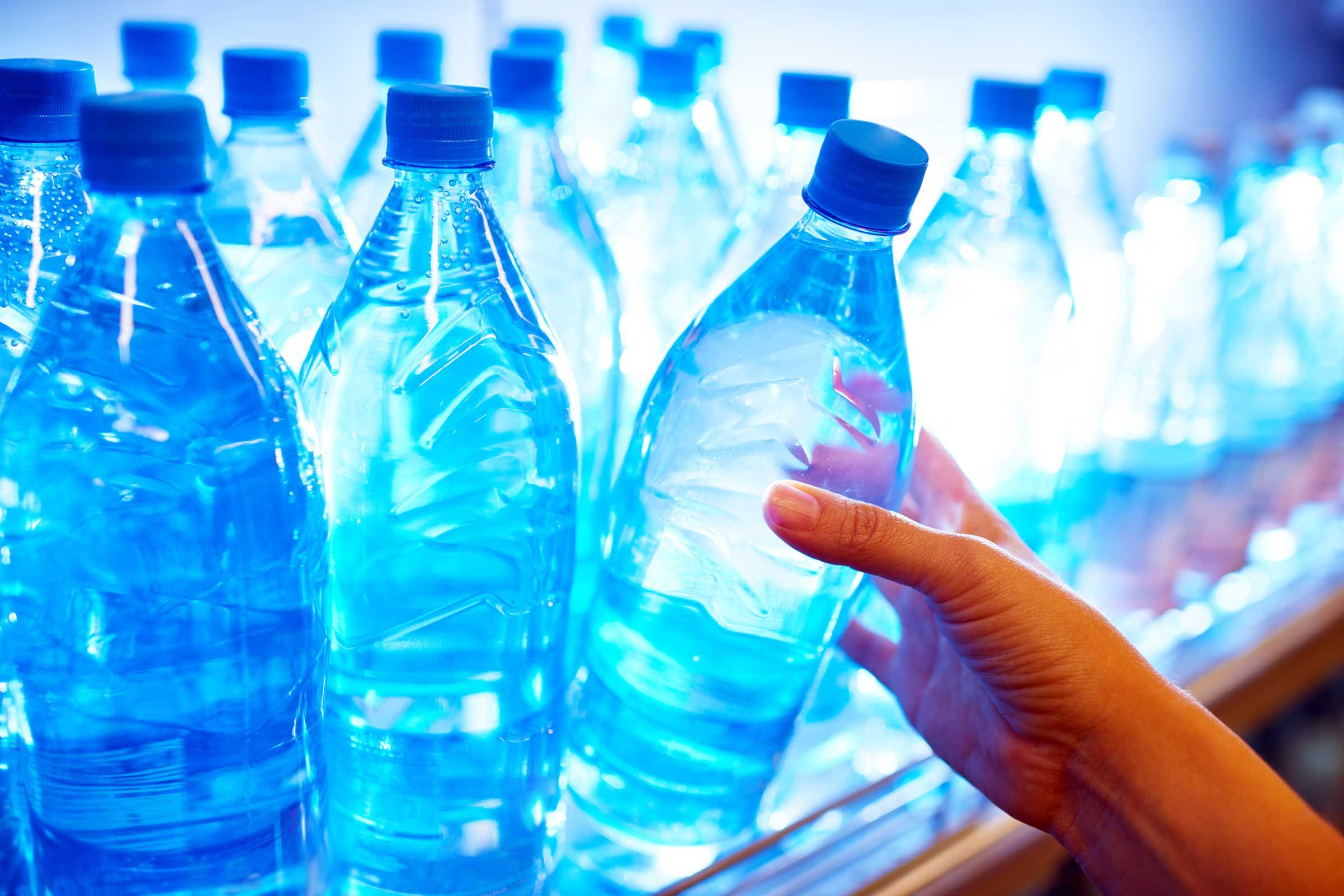
Bottled water isn’t the answer
While confidence in public water supplies can be shaken when problems like lead exposure in Flint, Michigan, make headlines, experts say that in general, bottled water isn’t the answer. “Tap water, especially filtered tap water, can definitely be as clean or cleaner than many of the bottled waters that you would purchase,” says Dr. Andrews. Dr. Hozalski agrees, adding that overdependence on bottled water has a downside. “Putting water in a bottle and trucking it across the country is energetically wasteful and monetarily wasteful when the tap water you already have is just as good,” he says. “On my campus we banned the sale of plain bottled water; instead we have a bunch of bottle filling stations.” This is the real reason why you should never refill your plastic water bottle.